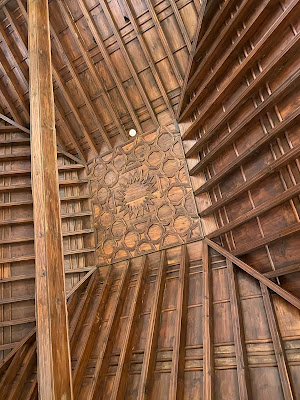Canarias en Los Simpsons
(Es)
Las #islascanarias aparecieron en Los Simpson, si si, como
leen. Concretamente, en el capítulo 15 de la temporada 14.
En este capítulo El Señor Burns está vertiendo residuos de
manera ilegal y le explica a Smither que
el dueño legal de la empresa es un Canario, exactamente Canario M. Burns (el
pájaro). Homer lo escucha y esa noche entra en la Central Nuclear para soltar
al Canario, así él se haría con la central nuclear. Al soltarlo, Bart dice: Y
ahora vuela a las Islas Canarias, mientras el Canario sale volando por la
ventana. Pero este vuelve para detrás, y le da la vuelta a la bola del mundo
para ver donde se encuentran.
Otro motivo más para sentirnos orgullosos de nuestras islas.
The Canary Islands in The Simpsons
(En)
The #CanaryIslands appeared in The Simpsons, yes, as you
read. Specifically, in chapter 15 of season 14.
In this chapter Mr. Burns is illegally dumping waste and
explains to Smither that the legal owner of the company is a Canary, exactly
Canary M. Burns (the bird). Homer listens to him and that night he enters the
Nuclear Power Plant to release the Canary, so he would take over the nuclear
power plant. Releasing him, Bart says: And now fly to the Canary Islands, as
the Canary flies out of the window. But the canary goes back, and turns the
globe around to see where they are.
Yet another reason to be proud of our islands.
https://www.eldia.es/videos/buzzeando/2019/04/19/simpsons-acuerdan-islas-canarias-22477640.html
Imagen/Photo: https://www.atlanticohoy.com/cultura/video-simpson-canarias_1504025_102.html





